When you think of marijuana, you probably think of places like Amsterdam and California — places that have a deep and well-known weed culture and a quite progressive political scene. Yet, in 2012, when two states passed legislation to permit the possession and use of recreational cannabis products, one of them was definitely purple Colorado.
Colorado has a strange history with weed, one that is quite different than any other in the Union. The first to legalize marijuana, Colorado might also be the first to lose legal marijuana — even in the midst of the COVID crisis. Read on to learn about Colorado’s cannabis past, present and possible future.
Contents
Marijuana in the Early Southwest
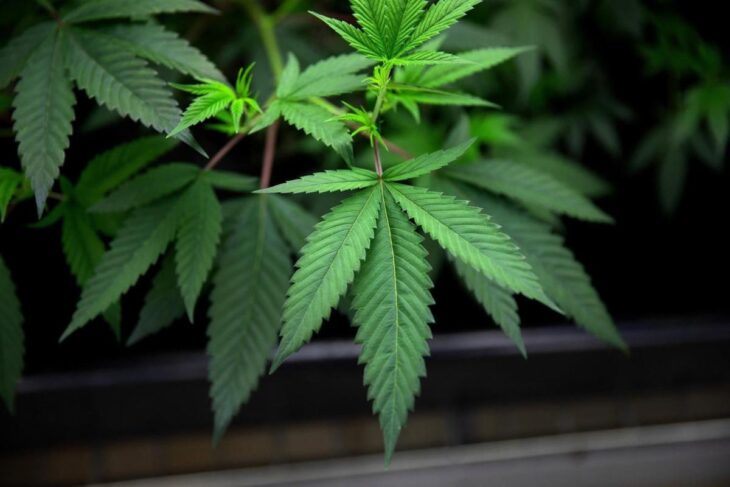
Source: herald-review
It’s no secret that cannabis has a long history in America — even longer than the country itself. Early colonists brought cannabis crops to grow in the difficult soil of Maryland and Virginia. At the time, hemp fabric was in high demand for ships’ sails, clothing and more, so many states mandated that landowners devote some portion of their property to the cultivation of cannabis. This attitude spread west as settlers moved from Virginia to Kansas to Colorado.
Though the first permanent European settlement in the state was organized by Hispanic settlers from Mexico, Colorado was fully owned by the United States at this time. White Europeans flooded into Colorado in pursuit of gold, land and other riches rare in the rapidly overpopulating East. By the time Colorado obtained statehood in 1876, cannabis was prolific across the state, and there was no question that cannabis would not only be legal but be highly regarded as a valuable crop.
Meanwhile, another type of cannabis was spreading across the New World. Though the history is murky surrounding the spread of marijuana in the Western Hemisphere, many historians believe that the slave trade allowed the psychoactive variant of cannabis to flourish. Slaves and indigenous populations both grew small marijuana crops to use recreationally — to forget the pain and stress of subjugation — as well as medicinally and spiritually in various rituals. By the early 1800s, the drug was common among populations in Central America — especially Mexicans, who were particularly enthusiastic marijuana users.
Americans of European descent began picking up on the mind-and-body effects of cannabis not much later — but rather than smoke the plant, Americans chose to refine it into an oil and use it in conjunction with other medicinal herbs. By the turn of the 20th century, there were some Asian-style hashish dens in cosmopolitan cities like New York and San Francisco, and psychoactive, cannabis-laden medicines were easy to obtain at any general store.
The Criminalization of Weed
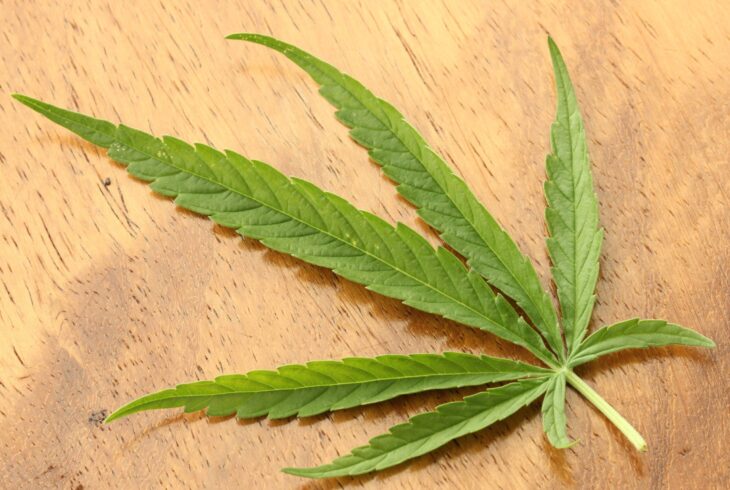
Source: agfundernews
In 1906, the U.S. Federal Government imposed its first regulation on cannabis for consumption: Any product containing the herb must state so on its label. However, this wasn’t enough for American citizens of Colorado and other Southwestern states, which were suffering from a rapid and frightening cultural shift.
In the first few decades of the 1900s, Colorado experienced an economic boom thanks to the discovery of the Colorado Mineral Belt, a rich vein of desirable resources like gold, silver and coal that required a large amount of labor to mine. Additionally, Colorado’s agriculture was beginning to kick into high gear, and farmers needed help tending their fields. Migrant workers from Mexico moved into the area in droves to fill the economic need — and they brought their strange customs, including marijuana, with them.
Seeking to control the new Mexican populations — or better, to drive them away — Southwestern states began outlawing the use of marijuana. California was the first to criminalize the drug in 1913, but Wyoming, Utah and Nevada quickly followed suit. Colorado made the use and cultivation of cannabis a misdemeanor in 1917; those found in violation of the law were subject to a fine between $10 and $100 and up to a month in jail. Over the next decade, these punishments became much more severe, and the possession and distribution of marijuana became a felony in 1929.
From the 1930s on, the media happily published stories about the dangers of marijuana, especially amongst poor and minority communities. In the wrong hands, cannabis was alleged to cause violent thoughts and behavior and encourage criminal activity, like theft. Stories spread of Mexicans corrupting local white youth through the drug, and governments, as well as temperance movements, produced propaganda with largely made-up information about marijuana’s effects.
Unfortunately, fear of both Mexican immigrants and marijuana spread out of the Southwest. The U.S. Government passed the Marihuana Tax Act in 1937, taxing the production and sale of cannabis products at such an inordinate rate as to essentially prevent users from legally and safely accessing the drug. Later, the Controlled Substances Act of 1970 banned the production of non-psychoactive hemp, as well, once cannabis became a Schedule I drug.
The Decriminalization of Weed
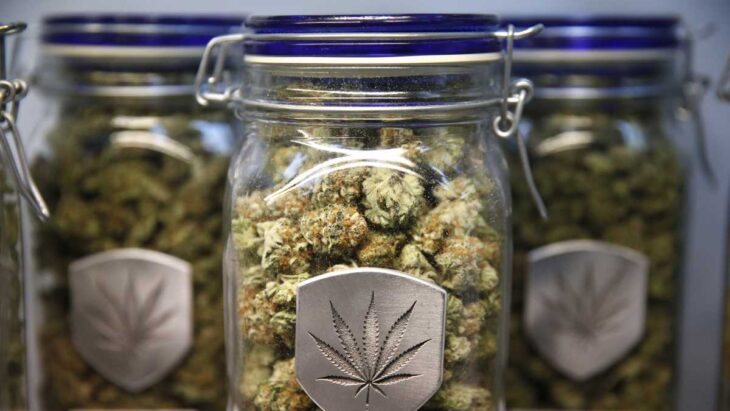
Source: newfrontierdata
Fortunately, through the 1960s and ‘70s, the public opinion of marijuana began to change. As hippie culture grew, so did white America’s use of marijuana. Studies on the drug dating back to the 1940s found that claims connecting high crime rates with high cannabis use were fraudulent; in fact, research indicated that marijuana decreased a user’s likelihood to commit violent acts.
During this time in Colorado, the youth were active in campaigns to decriminalize the drug. In 1973, Republican legislator Michael Strang introduced a bill to legalize and tax the sale and use of marijuana — a bit of legislation not unlike the one that was ultimately passed in 2012. Though this bill didn’t make it past the committee stage, the state did decriminalize some possession, transportation and private marijuana use in 1975, and in 1979 and 1981, Colorado allowed cancer and glaucoma patients to acquire and use medical marijuana — granted federal approval, which never came.
In 2000, following California’s lead, Colorado made another attempt at legalizing medical marijuana, this time amending the state constitution to allow a wide variety of medical conditions to be treated with marijuana. At the time, doctors, growers and users were at risk of federal prosecution for marijuana crimes, but slowly and surely, the medical marijuana industry grew.
The Legalization of Weed
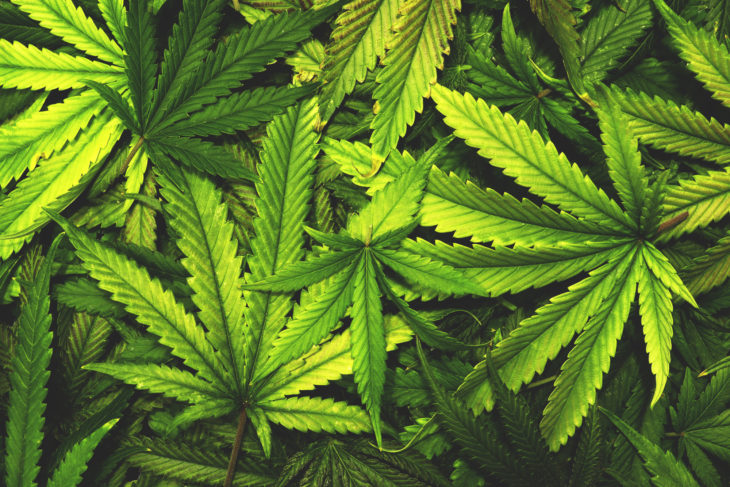
Source: quoteslogy
With the passing of Amendment 20 and the legalization of medical marijuana, Coloradans were enthused to push for recreational legislation. On college campuses, pro-cannabis organizations decriminalized marijuana in 2005, making punishments for use and possession no worse than for alcohol-related offenses. In the same year in Denver, anyone over the age of 20 faced no repercussions for possessing less than one ounce of weed. This was the first move of its kind in the entire country.
Next, medical marijuana dispensaries began opening across Colorado after the courts reevaluated existing state marijuana law. Again, dispensaries had to be careful; at the federal level, cannabis remained not only illegal but heavily prosecuted, and operating a drug-based business was a major risk. Yet, when Barack Obama came into office in 2009, drug-related crimes immediately became a low prosecutorial priority, and dispensaries boomed in Colorado and other medical marijuana states.
Then, in 2011, legislators took the much-anticipated next step: introducing a constitutional amendment that would legalize recreational cannabis across Colorado. Amendment 64 states that adults 21 and older can purchase and possess up to an ounce of marijuana and grow up to six of their own cannabis plants for personal use. Additionally, cities could offer licenses for legal recreational dispensaries. We all know the history: Amendment 64 passed with flying colors, and in 2013, marijuana became fully legal in Colorado.
Marijuana as an Industry
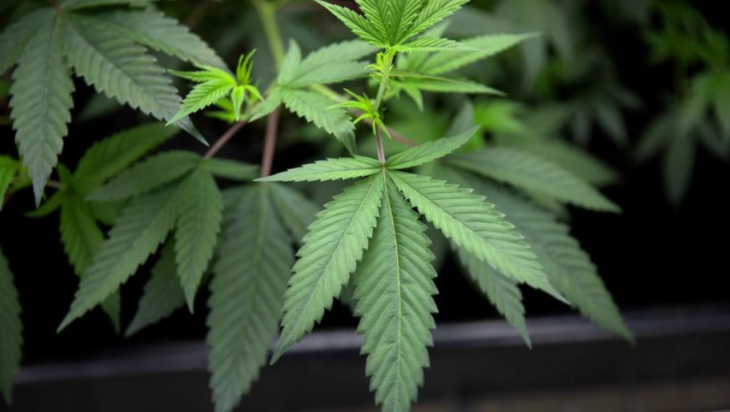
Source: chicagotribune
Though some counties and municipalities in Colorado continue to prohibit marijuana sales and use, much of the state has long gone green. New and old enthusiasts alike can find dispensaries using online tools like weedmaps.com — but given the state of Colorado’s cannabis industry, that might not be true for long.
When Colorado’s first recreational dispensaries opened, weed sales flourished. Tourism to the state increased, and users flocked to dispensaries to sample available cannabis products. For the past several years, however, sales have slumped, and dispensaries have encountered hurdle after hurdle. For instance, bud-entrepreneurs continue to struggle to find legal funding because few financial institutions will risk providing loans and other financial services to a business that remains illegal at the federal level. Additionally, dispensaries have continued to suffer due to sub-par product; despite offering a near-perfect climate for cannabis crops, marijuana in the state tests uncommonly high for pesticides, mold and other microbial contamination.
Though the pandemic has granted Colorado dispensaries a spike in sales, it is unlikely that dispensaries across the state will continue to operate in such high numbers in the coming years. Most likely, the industry will settle into a stable pattern of purchasing, causing many dispensaries to close due to low demand. Fortunately, it is improbable that Amendment 64 will be reversed or that Colorado will go back to persecuting marijuana sales, possession or use. Colorado lawmakers in 2024 simply cannot go back on hundreds of years of cannabis history in the state.
